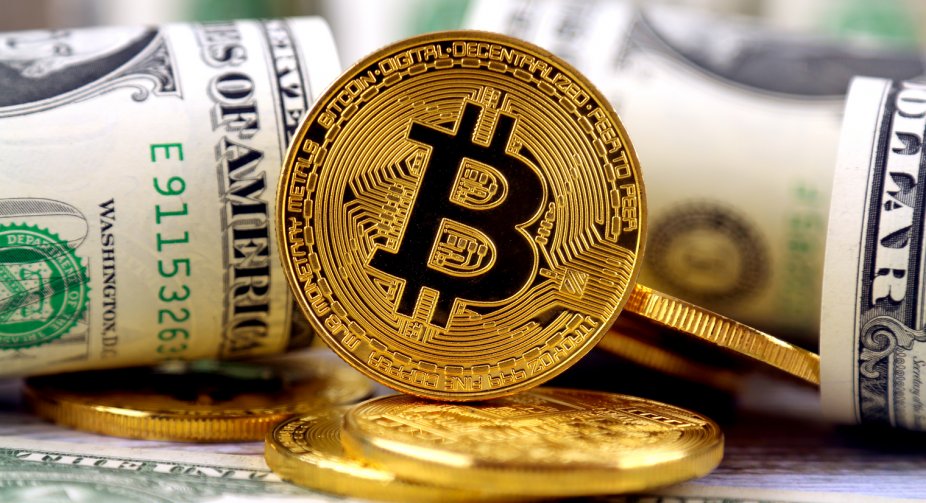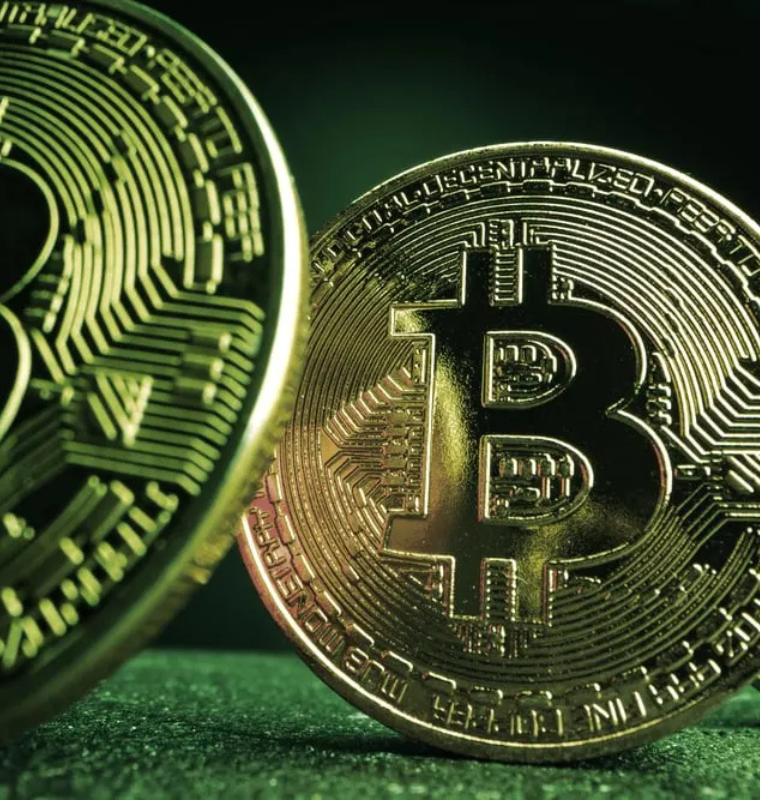Crypto and Gold Compete for Safe-Haven Status Amid Economic Uncertainty
Crypto and Gold Compete for Safe-Haven Status Amid Economic Uncertainty
By
Rachel Steinberg
Last updated:
November 14, 2025
First Published:
November 14, 2025

As economic uncertainty persists, investors are increasingly asking whether cryptocurrencies or gold will serve as the most reliable safe-haven in the final quarter of 2025. Both assets have long been viewed as stores of value, yet their behavior under current conditions has sparked debate. The competition is fueled by market volatility, interest rate pressures, and shifting sentiment across global financial systems.
Gold traditionally benefits from times of uncertainty due to its historical stability and tangible nature. During periods of inflation, political unrest, or global market instability, investors often turn to the yellow metal as a defensive position. Its performance is less affected by technological developments or regulatory changes, which makes it a consistent hedge against risk.
Cryptocurrencies, particularly Bitcoin, have increasingly been positioned as digital alternatives to traditional safe-havens. Advocates argue that limited supply and decentralized governance make digital assets resilient to certain economic pressures. In recent months, however, crypto markets have experienced significant volatility, prompting analysts to question whether the sector can reliably function as a hedge in turbulent periods.
Market data indicates that Bitcoin and other major cryptocurrencies have shown a mixed correlation with traditional risk assets. At times, crypto behaves like a high-risk asset, falling alongside equities when liquidity tightens. At other moments, digital assets have held value independently, suggesting potential for partial safe-haven behavior. This dual nature complicates investor strategies.
Liquidity considerations also play a role in the debate. Gold markets are highly liquid and globally established, allowing for relatively predictable buying and selling activity. Cryptocurrencies, while growing in liquidity and adoption, remain subject to rapid swings, exchange limitations, and market sentiment. Investors seeking immediate stability may therefore lean toward gold in moments of stress.
Institutional behavior further highlights differences between the two asset classes. Large financial firms continue to maintain substantial gold reserves as part of their risk management strategies. Meanwhile, crypto adoption among institutions is increasing but often occurs in smaller, strategically hedged positions. This cautious approach reflects uncertainty about the regulatory landscape and volatility inherent in digital assets.
Psychological factors also influence safe-haven decisions. Gold carries a historical legacy of wealth preservation spanning centuries, creating trust and confidence among investors. Cryptocurrencies, though gaining acceptance, still face skepticism, particularly during sharp price declines or regulatory scrutiny. The perception of legitimacy remains a central component of investor choice.
Some analysts argue that diversification could be the most effective approach. Instead of selecting a single asset, combining allocations in both gold and cryptocurrencies may provide a balance between stability and growth potential. This strategy could allow investors to benefit from the upward trends in digital assets while retaining the defensive qualities of traditional stores of value.
Macro economic conditions in the fourth quarter of 2025 are shaping investor preferences. Inflation trends, central bank policies, and global trade developments continue to influence portfolio allocation decisions. Each new data point can shift sentiment rapidly, affecting both gold and crypto markets in unpredictable ways. Investors must remain vigilant and adaptive.
The ongoing debate between crypto and gold underscores a broader evolution in financial strategy. Digital assets are increasingly being considered alongside traditional instruments for risk management and wealth preservation. While gold continues to represent proven stability, cryptocurrencies offer the potential for higher returns with increased risk. How these assets are weighed will define investor strategies as markets navigate a complex and uncertain environment.
Popular articles
Subscribe to unlock premium content
Disney’s Timeless Magic and How the Entertainment Giant Continues to Shape Culture and Innovation

Imran Khan’s Economic Missteps Amid Political Chaos in Pakistan

The Philippines’ Digital Shift How Remittances and BPO Are Fueling Growth

Disney’s Timeless Magic and How the Entertainment Giant Continues to Shape Culture and Innovation

Imran Khan’s Economic Missteps Amid Political Chaos in Pakistan

Disney’s Timeless Magic and How the Entertainment Giant Continues to Shape Culture and Innovation









